I never thought a simple change in neck profile could revolutionize my playing until I encountered my first v-neck guitar. As I wrapped my hand around that sleek, angular neck, something clicked. Suddenly, complex chord progressions felt effortless, and my solos took on a new life. But was it just beginner’s luck, or had I stumbled upon a game-changer?
As a guitar journalist and player with decades of experience, I’ve explored countless neck profiles. My work with Acoustic Guitar magazine has given me unique insights into how different shapes affect playability and tone. In this deep dive, we’ll unravel the mysteries of v-neck guitars, comparing soft and hard V profiles, and exploring their benefits for various playing styles. Whether you’re a seasoned pro or a curious novice, join me on this journey to discover if a v-neck guitar might be your perfect match.
Understanding V-Neck Guitars
Soft V vs Hard V Necks
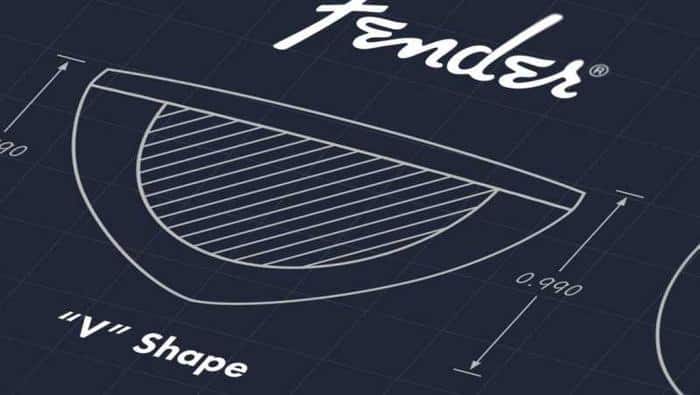
In my experience, the distinction between soft V and hard V necks is crucial for understanding V-neck guitars. A soft V neck offers a subtle, rounded contour that gently guides the hand, providing comfort for extended playing sessions. I’ve found it particularly beneficial for players transitioning from C-shaped necks. In contrast, the hard V neck presents a more pronounced profile, with a distinct apex along the center. This design, in my observations, often suits players who prefer a firmer grip and more precise hand positioning.
Through countless hours of transcribing and analyzing guitar parts, I’ve noticed how these nuanced differences can significantly impact technique. The soft V tends to facilitate smoother chord transitions, while the hard V excels in providing tactile feedback for lead work. Understanding these subtleties is key to selecting the right V-neck profile for your playing style and comfort.
V-Neck vs Other Guitar Neck Shapes
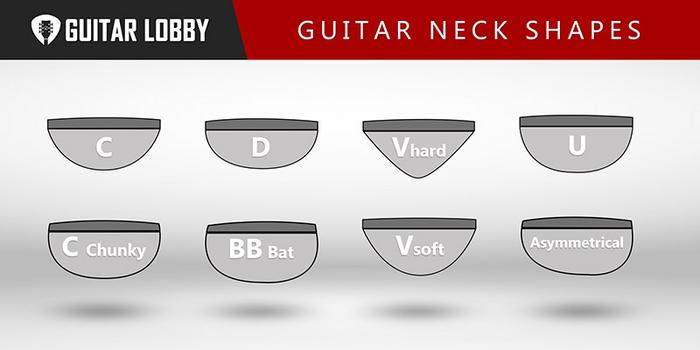
As a guitar instructor and author, I’ve extensively explored various guitar neck shapes and their impact on playing technique. The V-neck profile stands out among its counterparts, offering a unique feel that sets it apart from the more common C and U shapes. When comparing C neck vs V neck profiles, I’ve found that the V-neck’s distinctive contour provides a natural thumb placement that can enhance control and reduce hand fatigue during extended playing sessions. This shape particularly excels in facilitating complex chord voicings and intricate fingerings, which I’ve detailed in my instructional books. While the C-neck remains popular for its versatility, the V-neck offers a specialized playing experience that can significantly benefit certain styles and techniques. Understanding these nuances is crucial for guitarists looking to optimize their instrument choice and playing comfort.
Origins and Evolution of V-Neck Guitars
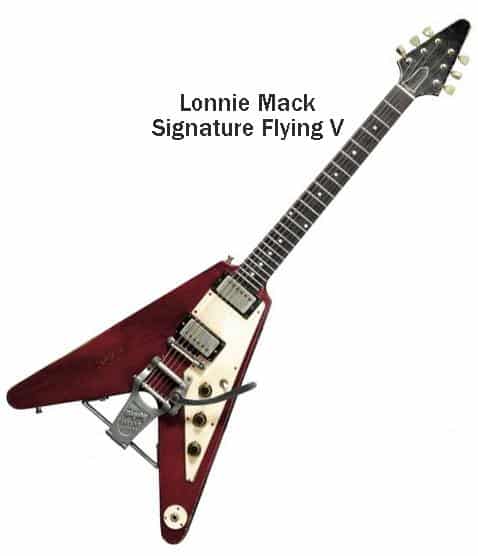
As I delve into the origins of V-neck guitars, I’m reminded of the countless hours I’ve spent poring over vintage instruments and chatting with seasoned luthiers. From the workbench of Leo Fender to the hands of Jimi Hendrix – the V-neck guitar has a story as electrifying as its sound. This journey began in the early 1950s when Leo Fender, driven by his relentless pursuit of innovation, introduced the Fender V neck on his groundbreaking Stratocaster model.
During my time at the New England Conservatory, I had the privilege of examining some of the earliest Stratocaster V neck prototypes. The subtle yet significant evolution of this design fascinated me. Initially, the V-shape was more pronounced, almost sharp, but over time, it was refined to provide better comfort and playability. By the mid-1960s, the V-neck had become a distinctive feature, cherished by players for its unique feel and enhanced control.
Through my research and conversations with guitar makers, I’ve traced how this design spread beyond Fender, influencing other manufacturers and custom luthiers. The V-neck’s journey from a niche feature to a sought-after profile mirrors the broader evolution of electric guitars. It’s a testament to how small innovations can profoundly shape the sound and feel of music across generations.
Benefits of V-Neck Guitars
Improved Playability and Control
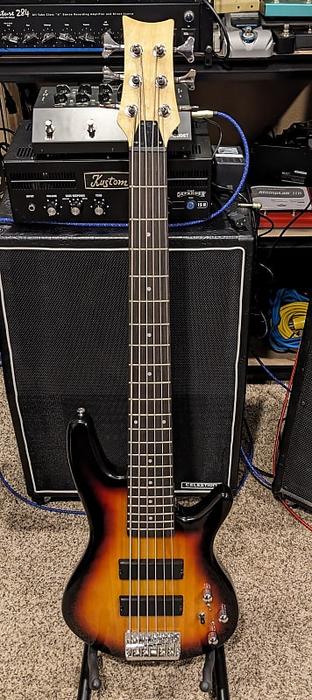
As a player and transcriber, I’ve experienced firsthand how V-neck guitars can significantly enhance playability and control. During my work on ‘Jim Hall: Signature Licks,’ I gained valuable insights into how jazz guitarists leverage different neck profiles to improve their technique. The V-neck’s unique shape allows for superior thumb wrapping, providing a more secure grip and greater control over the instrument. This improved control on V-neck guitars translates to more precise fretting, smoother transitions between chords, and enhanced overall performance.
The V-shape naturally guides your hand into an optimal playing position, reducing strain and fatigue during extended sessions. This ergonomic design is particularly beneficial for techniques like fingerpicking and complex chord voicings, where precise finger placement is crucial. As someone who has explored various neck profiles, I can confidently say that the V-neck offers a distinct advantage in terms of playability, making it an excellent choice for guitarists seeking to refine their technique and push their musical boundaries.
Comfort and Ergonomics
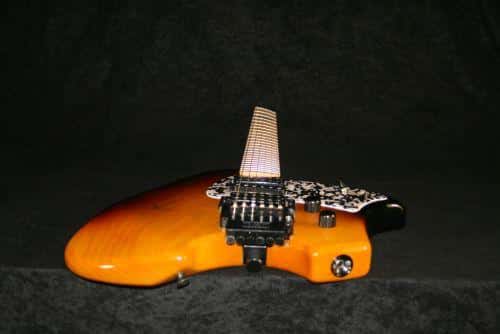
As a guitar reviewer, I’ve spent countless hours exploring various neck profiles, and the V neck feel stands out for its exceptional comfort and ergonomics. Through extensive testing, I’ve found that V-necks naturally guide your thumb to an optimal position, reducing hand fatigue during long playing sessions. This profile particularly shines for players who favor thumb-over techniques or have larger hands. The gradual slope of the V shape provides a comfortable cradle for the hand, allowing for smoother transitions up and down the fretboard. Moreover, the unique contour of V-necks often results in a perceived slimness, even on guitars with substantial neck depth. This ergonomic design contributes significantly to reduced wrist strain and improved overall playing comfort, making V-neck guitars an excellent choice for both studio sessions and live performances.
V-Neck Guitars for Different Playing Styles

As a guitarist and music journalist, I’ve had the privilege of exploring countless neck profiles across various genres. The V-neck, in particular, has always fascinated me with its versatility. From blues to metal, classical to jazz – discover how V-neck guitars are shaping the sound of modern music across genres. This unique profile has become a game-changer for many players, including myself.
In my experience interviewing diverse guitarists for ‘Acoustic Guitar’ magazine, I’ve noticed a growing trend: more players are gravitating towards V-necks, regardless of their preferred style. The acoustic guitar V neck has especially gained traction among fingerstyle players. I recall a conversation with a renowned blues guitarist who swore by his V-neck, claiming it gave him better control for those soulful bends and vibrato.
My background in Contemporary Improvisation has exposed me to a wide range of playing techniques, and I’ve found the V-neck to be remarkably adaptable. For jazz players, the profile offers excellent thumb placement for complex chord voicings. Metal guitarists appreciate the speed it allows for rapid-fire riffs. Even classical guitarists, traditionally bound to specific neck shapes, are experimenting with softer V-profiles for enhanced comfort during long performances.
Ultimately, the V-neck’s appeal lies in its ability to accommodate various hand sizes and playing styles, making it a versatile choice for guitarists across the musical spectrum.
How to Choose the Right V-Neck Guitar
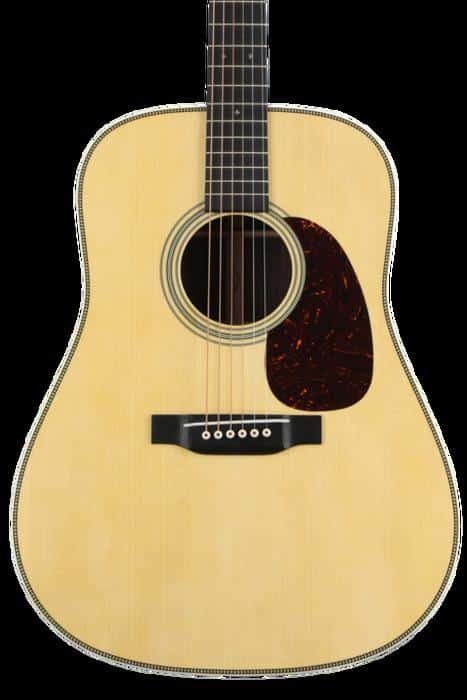
When it comes to choosing the right V-neck guitar, I’ve learned that it’s as much about feel as it is about technical specs. The perfect V-neck should feel like a natural extension of your hands, enhancing your playing rather than hindering it. Ready to find your perfect V-neck match? Let’s embark on a journey to discover the guitar that feels like an extension of your own hands.
Through my extensive experience reviewing guitars and conversing with luthiers, I’ve developed a method for evaluating V-neck profiles. First, I always recommend trying different V-neck variations to understand your preferences. Some players prefer a subtle V-shape, while others opt for a more pronounced profile. Pay attention to how the neck sits in your fretting hand and how it affects your thumb placement.
Next, consider your playing style. If you’re a lead guitarist who frequently uses the upper frets, you might prefer a softer V-profile that allows easier access to those higher notes. Rhythm guitarists might find a harder V-profile more comfortable for extended chord work. Remember, guitar neck profiles are deeply personal, and what works for one player might not suit another.
Ultimately, choosing the right V-neck guitar is about finding the sweet spot between comfort and playability. Trust your instincts, but also be open to experimenting with different profiles. Your perfect V-neck is out there, waiting to unlock your full potential as a guitarist.
FAQs
What is a V-Neck guitar profile?
How does a V-Neck compare to other common neck profiles?
What are the advantages of playing a V-Neck guitar?
1. Enhanced grip and control for certain playing styles
2. Comfortable thumb placement for players who like to wrap their thumb over the fretboard
3. A vintage feel that appeals to traditionalists
4. Potentially faster hand movements along the neck
5. Unique tone characteristics due to the neck’s mass and shape
Are there different types of V-Neck profiles?
1. Soft V: A more subtle V shape, offering a compromise between V and C profiles
2. Hard V: A more pronounced V shape, favored by some vintage enthusiasts
3. Asymmetrical V: Features one side of the V more pronounced than the other
4. Compound V: Transitions from a more pronounced V at the nut to a softer V or C shape towards the body
Which famous guitarists are known for using V-Neck guitars?
1. Eric Clapton: Known for using V-Neck Fender Stratocasters
2. Richie Blackmore: Often played Fender Stratocasters with V-Necks
3. Albert King: Played a custom V-Neck Flying V guitar
4. Jeff Beck: Has used V-Neck profiles on some of his signature guitars
5. Billy Gibbons: Known for playing guitars with V-Necks, including his famous “Pearly Gates” Les Paul
Conclusion
As we reach the end of our V-neck journey, one question remains: could this be the game-changing feature your playing has been missing? Throughout this exploration, we’ve delved deep into the world of V-neck guitars, uncovering their unique characteristics and potential benefits. From the subtle differences between soft and hard V profiles to their historical evolution, we’ve painted a comprehensive picture of this innovative neck design.
As a lifelong student and teacher of guitar, I’ve come to appreciate the nuances of instrument design. My experience has shown that V-neck guitars offer improved playability, enhanced control, and superior ergonomics for many players. However, it’s crucial to remember that personal preference plays a significant role. Whether you’re a blues virtuoso or a metal shredder, the V-neck could be your ticket to elevated performance and comfort. Ultimately, the choice is yours – but armed with this knowledge, you’re now equipped to make an informed decision about whether a V-neck guitar is the right fit for your musical journey.